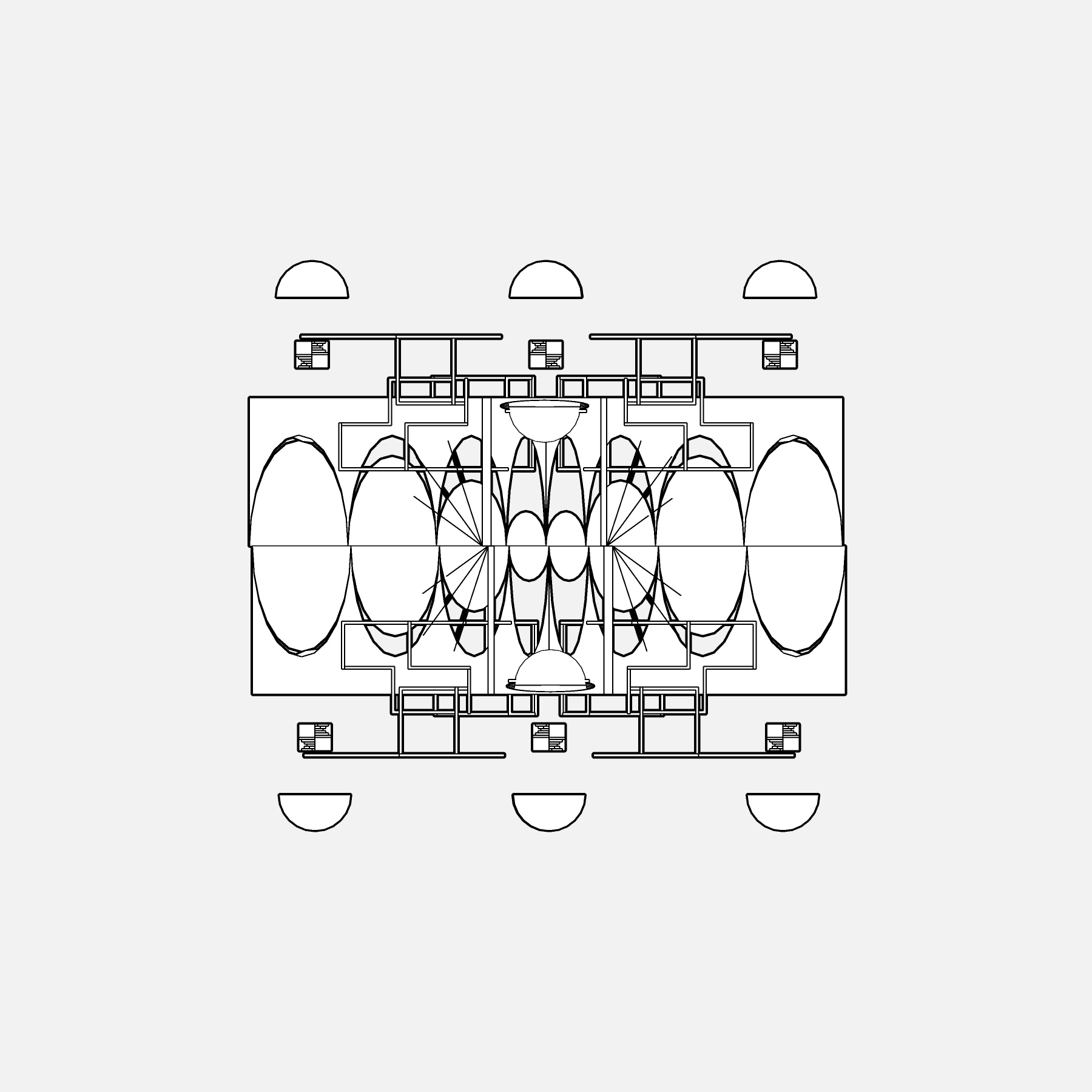Scarpa x Ito
Architecture can be treated in isolation of different parts or a relationship between them.
Ito san focuses on spaces that blur the lines between the outside and the inside by building a seamless relationship between both these binaries.
He detests the orthogonal grid system of the structural members and the hierarchy that goes around in planning. (from the foundation, to the columns, beams, walls to the smaller details) These spaces set some order for people to behave in a certain way.
He tries to express this through fluid doubly curved geometry, fractal systems inspired from trees and newer methods for construction. His ideology for ideal architecture is empty space.
Space that exists as the transition in between the outside and the inside.
Space which makes people feel free.
Space is deeply sensitive to the passage of time. It’s a stamp in the linear movement of the nature it embodies. For too long, the relative between the two is that of pattern, whilst Carlos Scarpa questioned it. He ending up designing works meant to elude time, favouring the vivid colours of the past above the dull grey of the future.
Scarpa’s architecture manages to respect the old and historic while simultaneously introducing new and modern design details. In this respect his work is deeply sensitive to the changes of time, all taking shape in a careful selection and combination of materials.
The incompleteness that is the typical mode of his research reveals his concept of the work in relation to time.
There is a deliberate focus on the relationship of space with time.
Specifically, how Scarpa associated the two entities.
Illustrations exchanged between Varun Mehta (repping Carlos Scarpa) and Sneha Desai (repping Toyo Ito)
Owing to the individualistic interpretations of each architects language, singular spaces were realized surrounding these philosophies while adhering to a common set of rules.
Model was send from A to B along with a riddle which stood as ground for the combining (Ito x Scarpa)
The initial combination happened as a developing conversation between the 2 participants.
The combined model was then translated adhering to another riddle which spoke as the foundation.
























